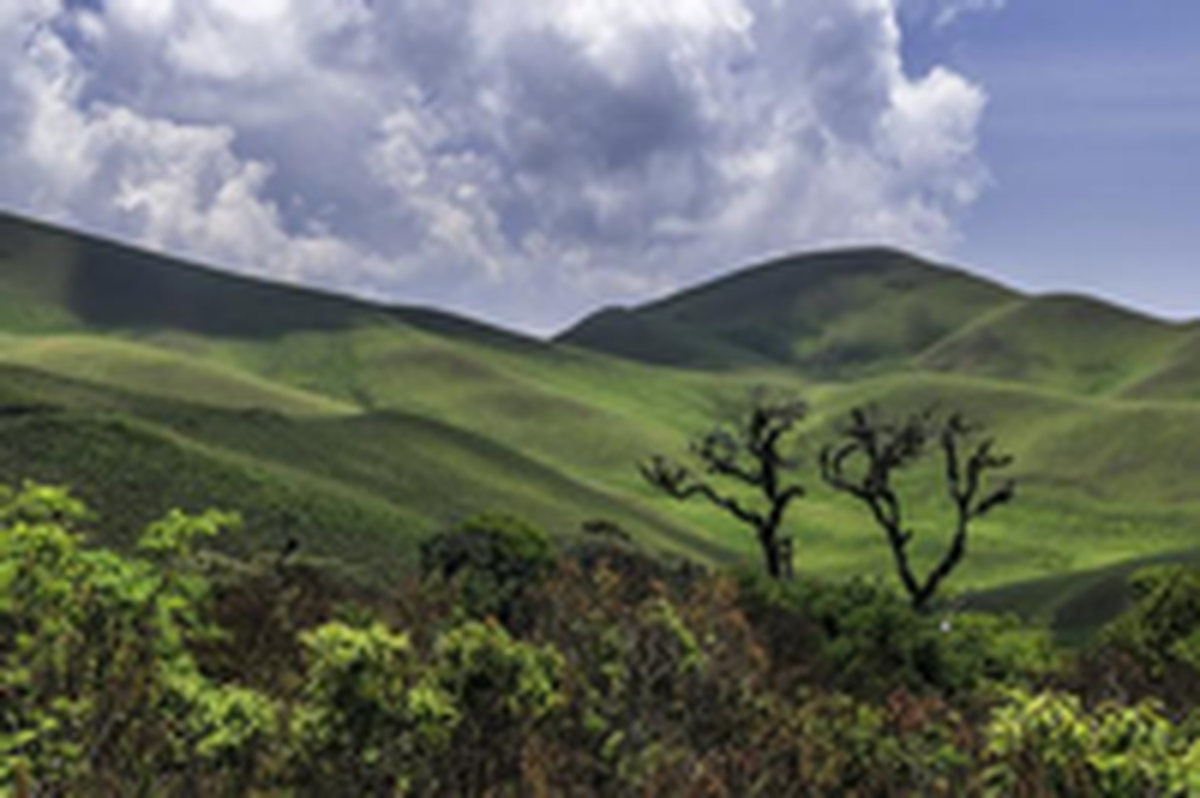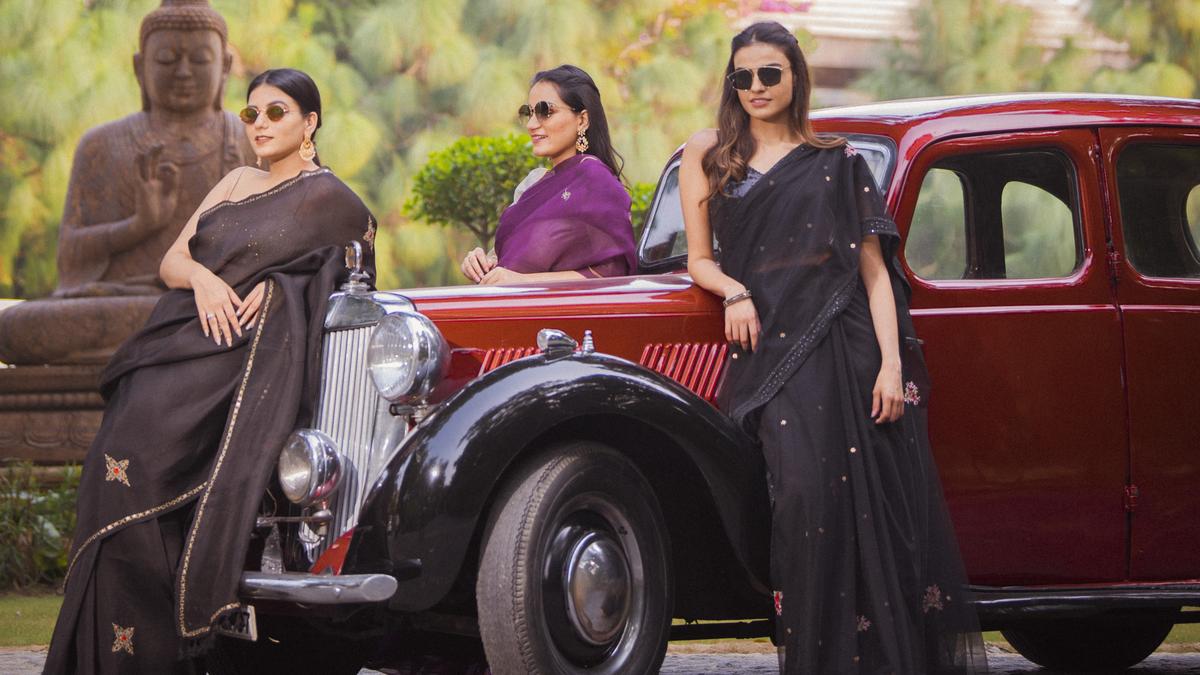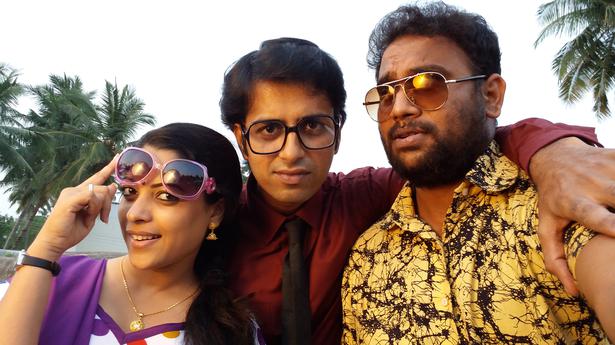Eurasian golden oriole photographed by Jayaram
| Photo Credit: Special Arrangement
“This morning, I was woken up by a dozen calls from my friends appreciating your article on me and most agreed that it was well-written and well-laid out. I agree with them and consider it the best work of writing on me so far. Very well done, keep it up. The colour images have come out very well. I was worried about the scorpion picture but it has turned out better than expected…”

K Jayaram
| Photo Credit:
Special Arrangement
This feedback email dated April 20, 2011 from award-winning Nature photographer K Jayaram on a MetroPlus feature is indeed a priceless possession. The scorpion picture he is talking about is a black-and-white image of a scorpion relaxing with moulting young ones on her back that won him the silver at an international exhibition of photography at Los Angeles. Jayaram passed away on July 2. He was diagnosed with Hodgkin lymphoma in March this year and was under treatment.
Following Jayaram and his works over the years has been great a learning experience. He is well-known in the world of entomology and taxonomy, so much so that a species of a jumping spider has been named after him, Myrmarachne jayaramani. I have met him several times; once he recalled how he shot the award-winning image of a pentatomid bug laying eggs at Siruvani that won him the gold medal at Los Angeles County Fair and London Salon. At another occasion, he spoke about photographing the majestic Asiatic lions after a trip to the Gir in Gujarat. He would often say, “In the jungle, animals are not waiting to pose for you. Determination, stamina and observation matter. One should know the right moment to click. There has to be a willingness to work under harsh weather conditions and to go without food, water, and sleep.”

Jayaram’s black-and-white image of a scorpion relaxing with moulting young ones on her back won him the silver at an international exhibition of photography at Los Angeles
| Photo Credit:
Special Arrangement
Not many know that he was an avid art collector and had an extraordinary collection of country music, Hindustani and Carnatic (vocal and instrumental). He spoke softly, always with a glint in his eye, and a deep knowledge of photography. At his home, which was always spotlessly clean, photographs taken by his ‘heroes’ such as TNA Perumal, BNS Deo and MY Ghorpade, occupied pride of place. Over the course of many interactions, he once advised, “Start using a voice recorder/dictaphone so that you can concentrate on the interview/conversation and playing it back will give you accurate information and will also enable you to think and write better.” He was meticulous in his approach, sent festive wishes over email and also shared music DVDs from his enviable collection.
“He knew light for over half a century,” states his lifetime friend S Anand of Konangal Film Society. “With a Asahi Pentax SLR camera fixed with reversed lens and dioptre attached he captured macro images that won him international acclaim. I was always there with him holding slave unit flashes to light the subject.”

Moody landscape captured by Jayaram
| Photo Credit:
Special Arrangement
Anand who joined Jayaram on many of his unforgettable wildlife trips in the Western Ghats says Jayaram also shot stunning landscape images during the later years that were displayed in a one man show called Moody Landscapes at Coimbatore’s Contemplate art gallery. Press photographer M Sathyamoorthy recalls his outings with Jayaram at Mudumalai Tiger Reserve and Mukurthi National Park in the Nilgiris. He says, “His photos have an innate quality that make you fall in love with Nature and eventually turn a conservationist. The photographs are scientifically accurate and have an artistic appeal.” Over the last 40 years his pictures and writings have been published in international journals, magazines, books, encyclopaedias and TV talks on taxonomy, botany, entomology and natural history. The book, Some South Indian Butterflies (Krab Media and Marketing), which he co-authored, was a forerunner to wildlife field guides. When I spoke to Jayaram recently for an interaction, he promised to call back after his final round of chemo. That was never meant to be.








